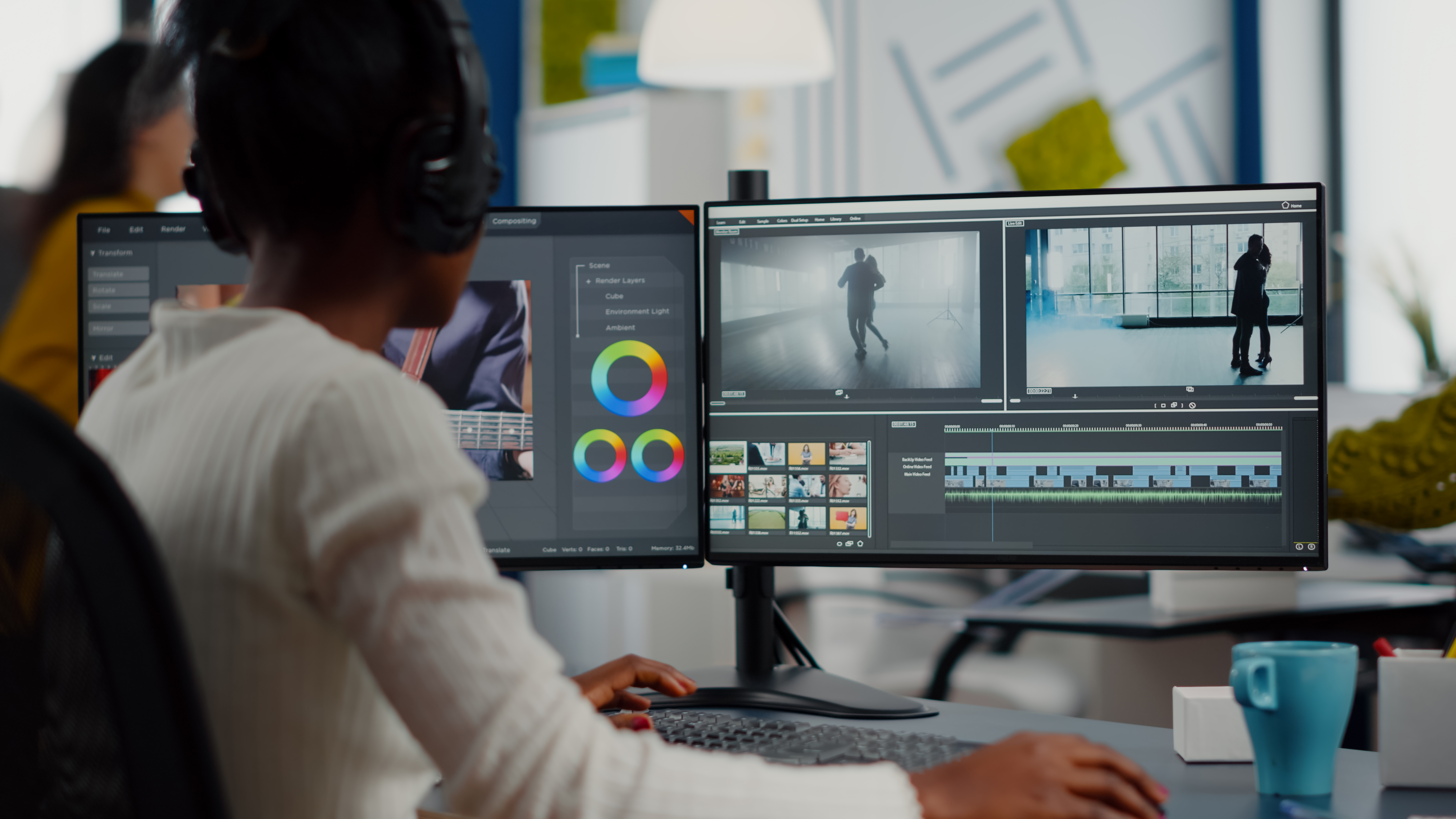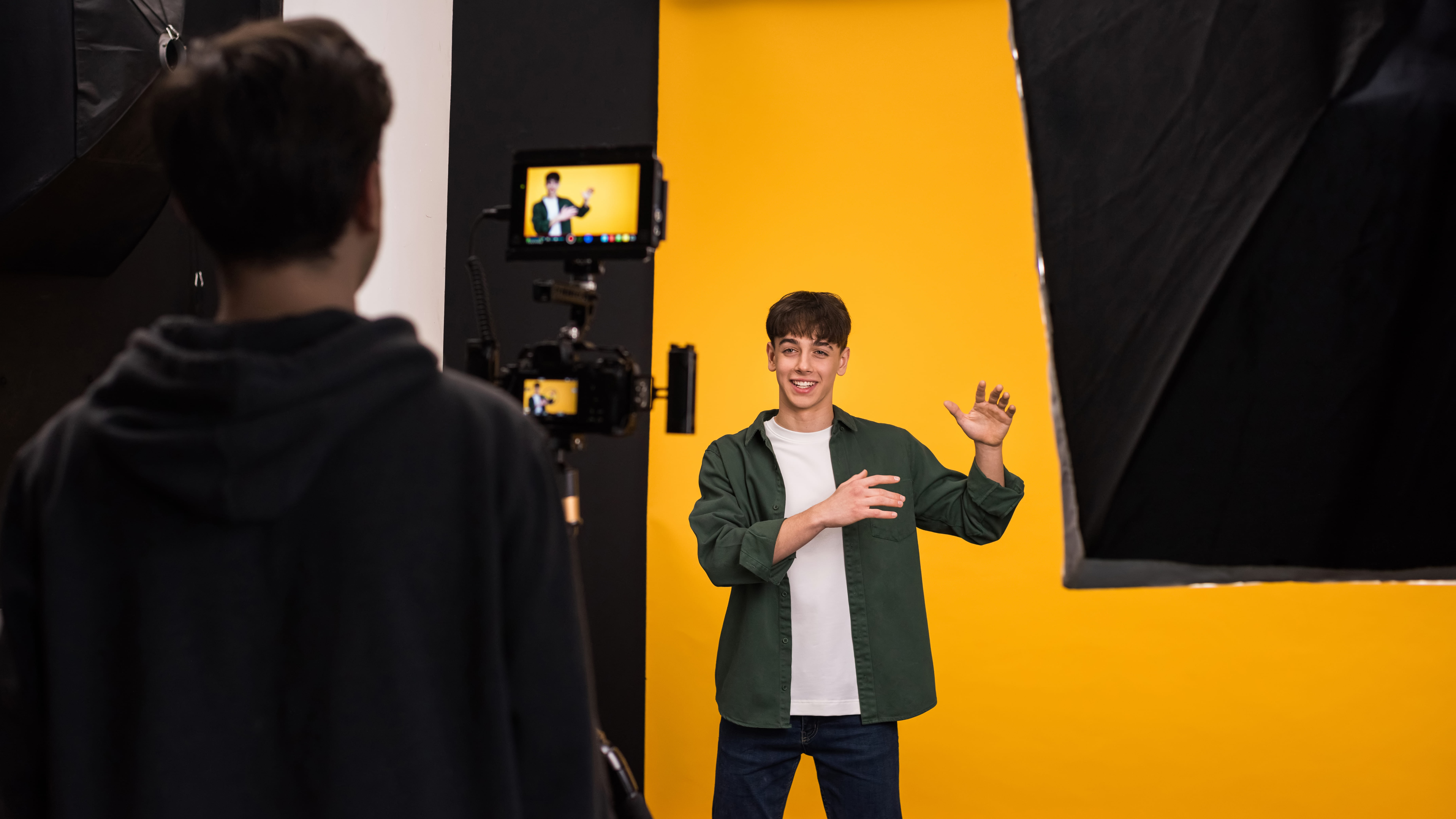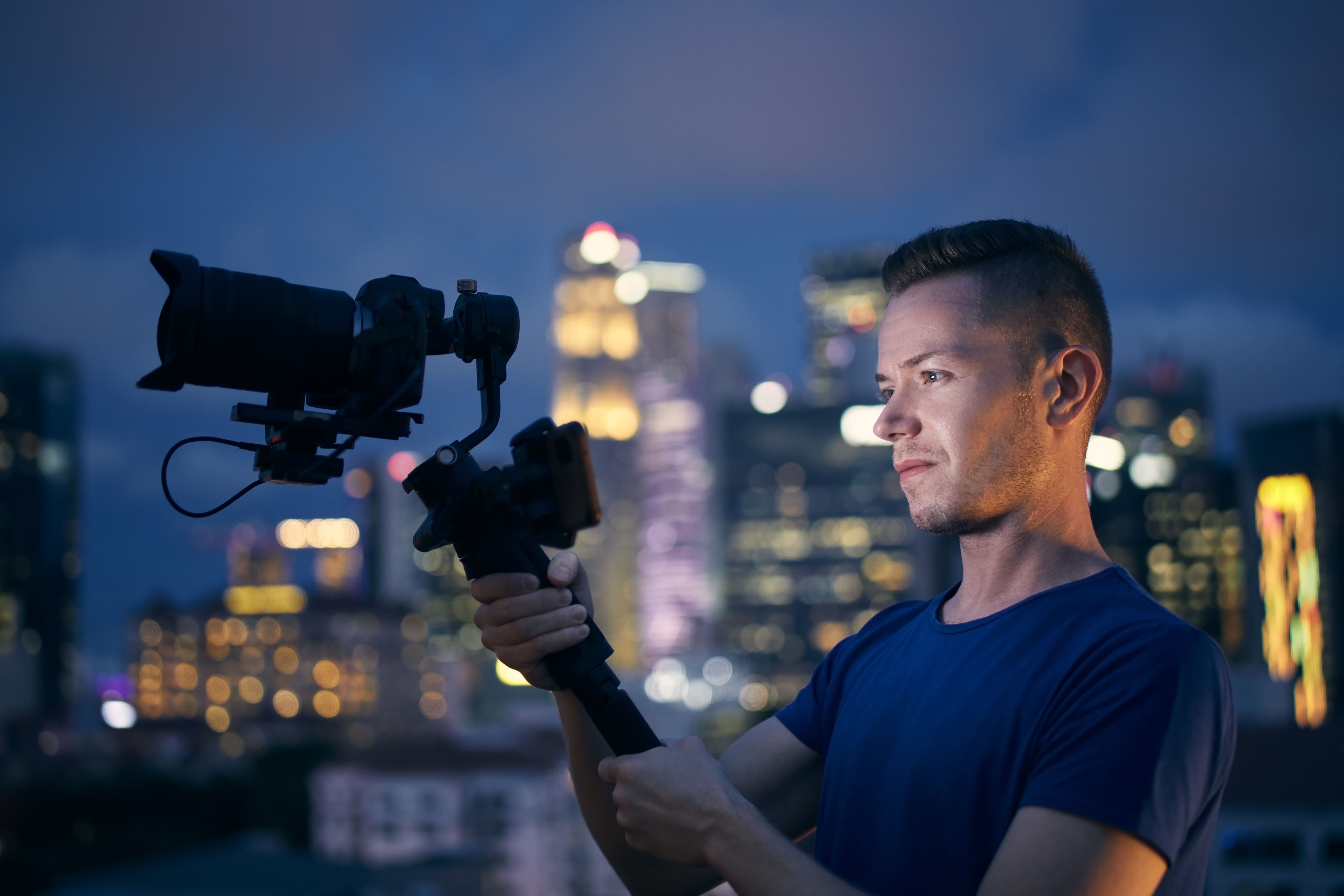Everything You Need to Know About Music Video Production
Music videos are a powerful way for artists to express their creativity, connect with their audience, and promote their brand. Both independent musicians looking to create a budget video and signed artists wanting a premium production need to have a clear understanding of the process to ensure their success.
This guide will walk you through all the essentials of music video production, covering everything from brainstorming ideas to getting your video out there.
What This Guide Covers:
- Pre-Production – concept development, budgeting, scripting, and planning
- Production – shooting, cinematography techniques, and directing
- Post-Production – editing, colour grading, and special effects
- Distribution & Promotion – platforms, marketing strategies, and audience engagement
If you're an artist, a director, or someone working with a music video production company, this guide is here to offer you some valuable tips for making high-quality videos.
Pre-Production
Video Concept
Every successful music video starts with a powerful concept. It’s important that this concept aligns with the song’s theme, lyrics, and the artist’s image.
Brainstorming is a key initial step in any creative project. Some artists like to develop their ideas alone, while others collaborate with creative teams or directors to refine their concepts. Mood boards with images that reflect the desired look and feel can be incredibly helpful in choosing the visual direction. Don’t forget to decide if the video will have a narrative arc or focus more on performance, as this choice will impact the entire production.
Budgeting
Understanding your costs is crucial for managing your resources effectively. The way you set up a budget can change based on various things like your location, the crew you have, and the equipment you’re using.
For a low-budget production, you might take a DIY route, work with a small team, and rent the necessary gear. In a mid-range production, you’d generally have a professional crew, standard equipment, and possibly some studio rentals. High-budget productions, on the other hand, involve multiple locations, CGI, professional actors, and advanced cinematography techniques.
Script and Storyboard
A well-structured script is the key to a seamless production process, while a storyboard acts as a visual roadmap for every scene.
Don't forget to write down a shot list that outlines the camera angles and movements you want to capture. Utilise tools like Storyboard That or Adobe Photoshop to bring your vision to life. And, of course, make sure to establish a timeline for each segment of the video to keep things on track.
Location and Permits
When it comes to location scouting and permits, picking the perfect spot can really elevate both the look and the story of your video. Is it going to be indoor or outdoor? Which lighting option did you opt for? Do you need to hire a professional studio? All these things are worth considering before going into the production stage.
It is always useful to have a site visit to make sure your chosen location matches your expectations. Also, don’t forget about getting the necessary filming permits for public spaces.
.jpg)
Production: Bringing Your Vision to Life
Cast and Crew
Having a well-coordinated team is key to a successful shoot. The director takes charge of the entire process, making sure that the vision stays true to the original concept. The cinematographer manages the camera work and lighting, making creative decisions that really bring the story to life. The production assistant keeps everything organised, ensuring that the schedule is followed. Meanwhile, the makeup and wardrobe team make sure that all artists and performers look fantastic, adding to the overall vibe of the video.
Every crew member has an essential part to play in making the production run smoothly. By coordinating these roles ahead of time and holding pre-production meetings to go over logistics, you can avoid potential hiccups on set.
Professional Cinematography Techniques
Using the right cinematography techniques can really boost the quality of a music video and change how viewers experience it. Different camera movements—like static shots, tracking shots, and handheld filming — play a big role in setting the mood and keeping the audience engaged. Lighting can range from natural sunlight to carefully controlled three-point lighting, and even the use of coloured gels to create a unique vibe. Techniques for framing, such as the rule of thirds, symmetry, and depth of field, add richness and visual interest to the shots.
When done well, high-quality cinematography can turn a music video from looking amateurish to professional. Trying out various styles and mixing different techniques can really enhance the storytelling and keep viewers engaged.
Filming Process
The filming process is all about making sure the shoot day runs smoothly and efficiently. Sticking to the storyboard is key for keeping everything consistent and on schedule. Capture several takes of each scene to give yourself more options to work with during the editing phase. And don’t forget the importance of high-quality equipment — professional music video productions often rely on top-notch cameras like RED, ARRI, or the Sony FX series to achieve those stunning, cinematic visuals.
Preparation is also a big part of a successful shoot. By checking your equipment, testing the lighting, and making sure the crew is clear on their roles before you start, you can save a lot of time and avoid any unexpected problems.
.jpg)
Post-Production: Editing & Enhancing the Video
Video Editing
Editing is what turns raw footage into a captivating story. With professional editing tools like Adobe Premiere Pro or Final Cut Pro, you can make precise cuts that sync perfectly with the beats of the music. Adding transitions helps create a smooth visual flow, making the whole viewing experience much more enjoyable.
A well-edited music video syncs beautifully with the song's rhythm and emotion, ensuring the audience stays engaged from start to finish. Editors often get creative with pacing, visual effects, and overlays to elevate the narrative or visual appeal.
Colour Grading and Effects
Colour grading is essential for giving a video its final polish, ensuring everything looks cohesive and visually appealing. By adjusting elements like brightness, contrast, and saturation, you can really enhance the overall mood. Plus, using LUTs (Look-Up Tables) can help create that cinematic touch, making the visuals feel more alive.
The choice of colour grading and effects depends on the mood you want to set. Warmer tones can evoke nostalgia, while cooler colours can bring a more futuristic or dramatic vibe.
Sound Design
Sound design is super important for a music video. Making sure the footage syncs perfectly with the track helps the performance scenes match up with the lyrics and rhythm. Getting rid of any distracting background noise in behind-the-scenes clips boosts the professionalism. Finally, adding foley effects for extra audio layers can make the viewing experience much more immersive, especially during the intros, outros, or any spoken parts in the video.

Distribution & Promotion: Getting Your Video Seen
Marketing and Promotion
A solid marketing strategy can really boost views and engagement. It’s crucial to optimise for SEO by weaving in relevant keywords into your video descriptions, tags, and titles to help people find your content.
Partnering with online platforms can be an effective way to promote your video and expand its reach. Collaborate with established influencers, asking them to share your video with their followers to widen your audience. Send out press releases to music blogs to generate excitement around your release and drive more traffic to your music video.
Choosing the Right Platform
The platform you choose to share your video can impact its reach. YouTube is still the go-to spot for music videos, giving you access to a worldwide audience. However, if you're a professional artist, Vevo can be a great option that adds a touch of credibility to your work. For short clips and promotional content, social media platforms like Instagram Reels, TikTok, and Facebook are perfect — they can boost your chances of going viral.
Monetisation Strategies
Monetising your music video can open up revenue opportunities beyond just streaming. For example, by turning on ads on YouTube, you can start earning ad revenue. Teaming up with brands for sponsorships can bring in more income through product placements. And let’s not overlook the potential of promoting your merchandise in the video or its description.
Conclusion
Creating a successful music video is all about strategic planning, creative ideas, and effective marketing.
No matter if you’re collaborating with a seasoned music video production company or opting for a DIY approach, knowing the ins and outs of the production process is crucial for a seamless experience. With this guide in hand, you’ll be all set to create music videos that really connect with your audience.
If you’re searching for a music video production company in London, our skilled team is here to provide high-quality video production services. Have a project you want to discuss? We’re thrilled to partner with you! Get in touch with us today, and let’s make your vision come alive!
FAQ
How much does it cost to produce a music video?
When it comes to music video production, the costs can vary quite a bit. Factors like the filming location, the size of your crew, the equipment you choose, and your post-production requirements all play a role. If you're on a budget, you might be able to create a decent video for just a few hundred pounds with some DIY tricks. However, if you're going for a more polished look with professional cinematography and eye-catching visual effects, you could easily end up spending thousands.
How long does it take to produce a music video?
The timeline for music video production really varies based on how complex the project is. Pre-production might range from a few days to a couple of weeks; filming usually wraps up in one to three days, and then post-production can stretch out for several weeks, particularly if there’s a lot of intricate editing and special effects at play.
What equipment is required for a high-quality music video?
Professional video production companies typically rely on top-notch cameras like RED, ARRI, or the Sony FX series. However, having the right lighting setups, stabilisers, and even drones for those stunning aerial shots is also crucial. If you’re aiming for the best outcome, a video production company will make sure that all the essential gear is on hand for a successful shoot.
Where should I release my video for maximum exposure?
YouTube is definitely the go-to platform, thanks to its massive global audience. However, platforms like Vevo, TikTok, and Instagram Reels can also significantly enhance your engagement. Many music video production companies recommend that you fine-tune your video titles and descriptions with relevant keywords to make sure your video gets noticed.
Why hire a professional production company for my music video?
While it’s totally possible for independent artists to create their DIY videos, hiring a video production company will give you a polished, high-quality outcome. The team of video production professionals will take care of all the details — from developing the concept and filming to editing and distribution, making everything run much more smoothly and effectively.

















